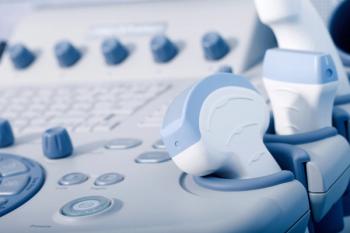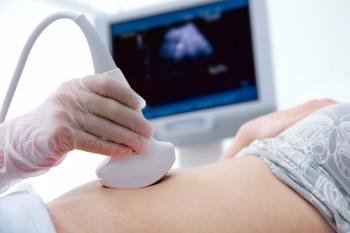
Imaging technique validated to evaluate bone marrow changes
The diagnostic capability of diffusion-weighted magnetic resonance imaging (DWI) to assess vertebral marrow changes in postmenopausal women with osteoporosis has been confirmed by a prospective study published in La radiologia medica and it may be a safer alternative to DEXA.
The diagnostic capability of diffusion-weighted magnetic resonance imaging (DWI) to assess vertebral marrow changes in postmenopausal women with osteoporosis has been validated by a prospective
Hence, “DWI can allow quantitative evaluation of bone marrow changes and osteoporosis in postmenopausal women,” wrote the Iranian authors. The investigators noted that newer techniques in magnetic resonance imaging, (MRI) like DWI, allow for noninvasive, radiation-free assessments that can replace or complement dual-energy X-ray absorptiometry (DEXA) for bone marrow evaluations.
“DWI measures the random water molecule movements in a biological tissue, allowing assessment of the microstructure and diffusivity of the tissue,” the authors wrote.
Methods
For the study, 60 postmenopausal women (mean age 60.2 years) underwent DEXA of the spine, followed immediately by MRI, at Ahvaz Golestan Hospital. A total of 180 lumbar vertebrae (L2 to L4 for each woman) were imaged.
Based on BMD measurements obtained from DEXA, the vertebrae were divided into three groups: normal (n = 52; T-score > -1), osteopenic (n = 92; -2.5 < T-score < -1) and osteoporotic (n = 36; T-score < -2.5). DWI of the vertebral body was then performed to determine the ADC, which was compared among the three groups and correlated to BMD.
Findings
ADC values (× 10−6 mm2/s) were significantly lower in the osteoporotic group (135.67 ± 44.10) versus the normal group (561.85 ± 190.37) (P = 0.0001). The results showed a positive correlation between ADC and BMD values (r = 0.748; P = 0.0001).
In addition, receiver operating characteristic (ROC) analysis revealed the area under the curve (AUC) for DWI was 0.912 (P = 0.001).
For the diagnosis of osteoporosis with a cut-off value of 400 mm2/s, the sensitivity, specificity, accuracy, positive predictive value (PPV) and negative predictive value (NPV) for the DWI technique were 90.90%, 83.34%, 88.89%, 93.75% and 76.93%, respectively. However, the osteopenia group showed no significant correlation between ADC and BMD values.
Participants in the normal range were younger than those in the osteoporotic group (P = 0.0001). There was also a significant connection between patient age and ADC (P = 0.0001; r = 0.484) and BMD (P = 0.0001; r = 0.402) values.
Histomorphometric and MR spectroscopic studies indicate that the link between ADC and BMD can be attributed to bone marrow fat. The former studies conclude there is an increase in bone marrow fat in osteoporosis.
Levels of fat in bone marrow composition and osteoclast activity increase with age, while osteoblast activity decreases, leading to osteoporosis. Numerous studies using MR spectroscopy have also shown an increase in bone marrow fat in osteoporosis.
Conclusions
Based on the current study, “DWI sequence and ACD assessments can be used as noninvasive and reliable techniques for osteoporosis evaluation and can be used for screening,” wrote the authors. “Furthermore, this technique is comparable with DEXA, which is the gold standard of osteoporosis diagnosis, but does not involve any X-ray-related damage.”
Two study limitations are the small sample size, despite assessing more cases than other previous studies, and the inequality in age distribution between the groups.
Also, because DMD assessments relied on the lateral position, evaluation of T12 and L1 vertebra was not possible. The authors noted that these two vertebras are prone to compression fractures, hence they should be better assessed in future studies.
Newsletter
Get the latest clinical updates, case studies, and expert commentary in obstetric and gynecologic care. Sign up now to stay informed.










